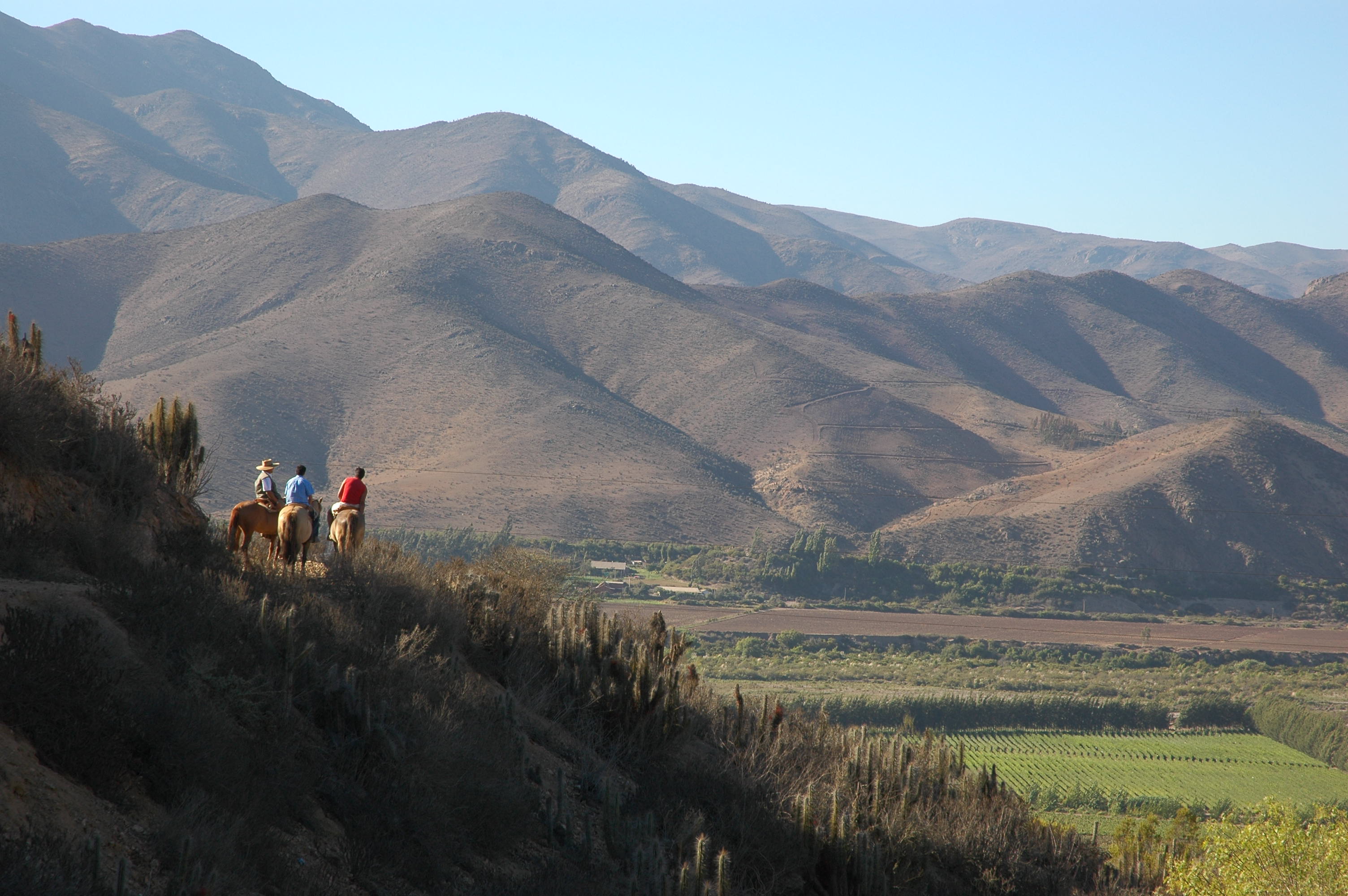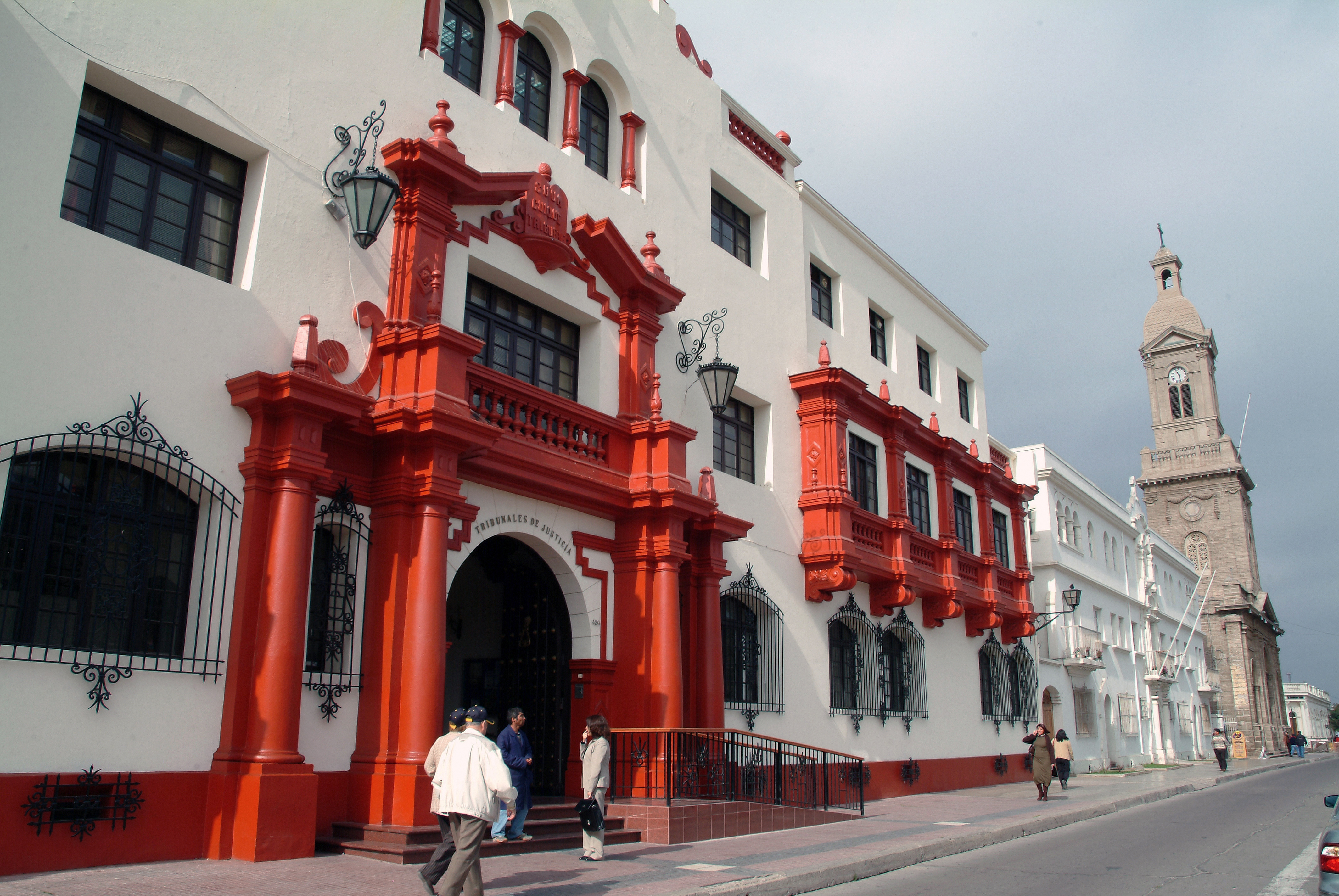About Coquimbo and La Serena
Coquimbo Region
The Coquimbo Region is one of Chile's 16 regions, located approximately 400 km north of the national capital, Santiago. It shares borders with the Atacama region to the north and the Valparaíso region to the south, and its largest city and capital is La Serena. Other important cities include the seaport Coquimbo and the agricultural center Ovalle. Together, La Serena and Coquimbo form the conurbation La Serena-Coquimbo, which is home to half of the region's population and shows high population growth in this area. This region is a very popular travel destination thanks to its long beaches with white sand, calm sea and moderate climate. The most beautiful beaches stretch between Tongoy in the south and Isla Damas in the north. Tourism, agriculture and fishing are the region's primary industries.

Photo credit: Wikipedia
The Coquimbo Region forms the narrowest part, or 'waist' of Chile, and is hence one of the country's more mountainous regions, as the Andes range runs closer to the sea than elsewhere. The region boasts a great biodiversity of marine species living on the Pacific Coast and also species that are associated with the mountainous regions. In the southern mountainous areas of the Coquimbo Region, the rare and endangered Chilean Wine Palm is found, whose habitat is threatened by human population growth in the region and associated deforestation for residential expansion and agriculture.
This region is known for its unique natural feature, the Transverse Valleys. These valleys are situated in the semi-arid northern region of Chile and span from east to west, stretching from the mountains to the ocean. They are found in the regions of Valparaíso, Coquimbo, and Atacama. These valleys are deep and carve through the landscape, are heavily focused on agriculture, and have a dense population. Additionally, they provide spectacular scenery.
See the map of the region here.
Photo credit: La Serena, Departamento de Turismo
La Serena
The Capital of the region of Coquimbo
La Serena is the second oldest city in Chile, after Santiago de Chile. It was founded in 1544 by Captain Juan Bohón and refounded in 1549 by Captain Francisco de Aguirre, in an area inhabited by a diverse range of native peoples, including Diaguita, Inca, and other local cultures. La Serena is the capital of the Coquimbo Region, and it's a bustling hub for services with significant urban development. Some of its most notable attractions include the scenic beaches along Avenida del Mar, the bustling Recova shopping area, the Japanese Garden, the historic churches in the city center, the El Pino hill, and the extensive rural sector.
Photo credit: La Serena, Departamento de Turismo
Located only a few hours away from the capital of Chile, La Serena boasts an extensive range of tourist services, making it an ideal destination for meeting tourism and expeditious air and road connectivity. Its strategic location allows you to travel in a few minutes from the mountains to the sea, from the mystical Elqui Valley to the charms of the picturesque port of Coquimbo.
See the map of La Serena here.
What not to miss in the area!
Valleys, wine, pisco and more...
The Coquimbo region boasts of its expansive valleys, each with its unique beauty waiting to be explored. If you are a fan of nature, you have to visit the famous Elqui Valley. The Elqui Valley is one of the best-known transverse valleys in the Coquimbo region. Besides being important for the local agriculture sector, it is home to several astronomical observatories, due to the region's clear skies. There is also located a big dam, the Puclaro, which produces water for agricultural irrigation.
One of the main attractions in the area is the production of wine and pisco, which offers tourists the chance to tour the vineyards and witness the production and bottling processes, and later experience the wine with their own tastebuds. Moreover, the region's clear skies have paved the way for various activities focused on appreciating nature, such as gastronomy using solar stoves and astronomical observation. Visitors can enjoy diverse experiences in all three valleys.
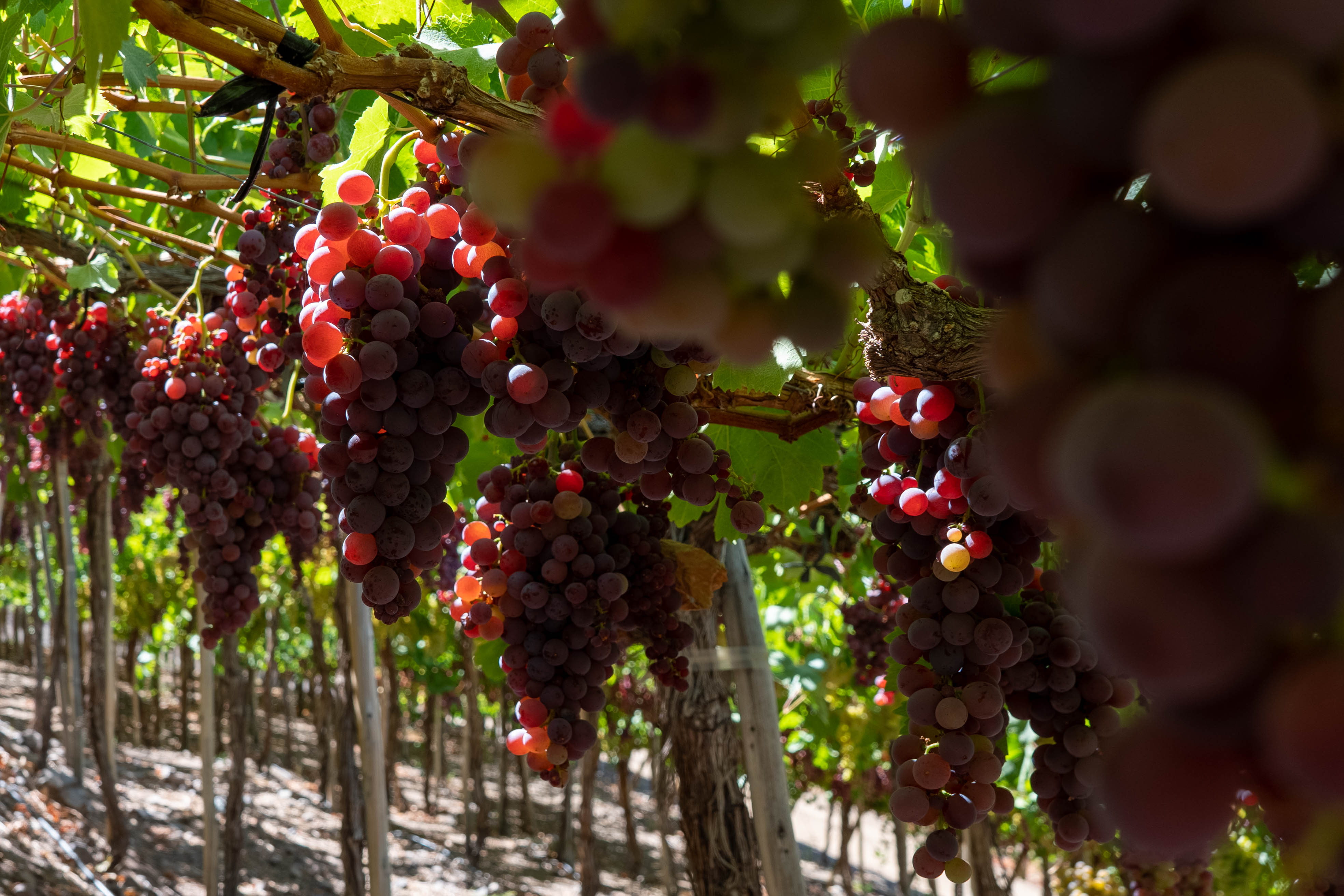 |
 |
Photo credit: La Serena, Departamento de Turismo
Gastronomy in La Serena
Besides being a cultural heritage, La Serena stands out as one of the cities with the best quality of life in the country, providing visitors with a pleasant climate ideal for outdoor activities. The city's gastronomy features a diverse range of gourmet menus that are complemented by exceptional wines and piscos produced in the surrounding vineyards. Your stay will undoubtedly be a pleasant and unforgettable experience.

History and architecture
Considered one of the most beautiful cities in Chile, La Serena is recognised for its elegant architectural heritage, a perfect blend of its rich history and modern infrastructure, which makes its valued Historic Center one of the city's most precious attractions and gives it its unique identity. The Historic Center, which comprises 17 national monuments, including houses, heritage buildings, palaces, and limestone-built churches, was declared a National Monument in 1981. The city is built on five terraces on the left bank of the Elqui River, which gradually descend to the sea, resembling an amphitheatre.
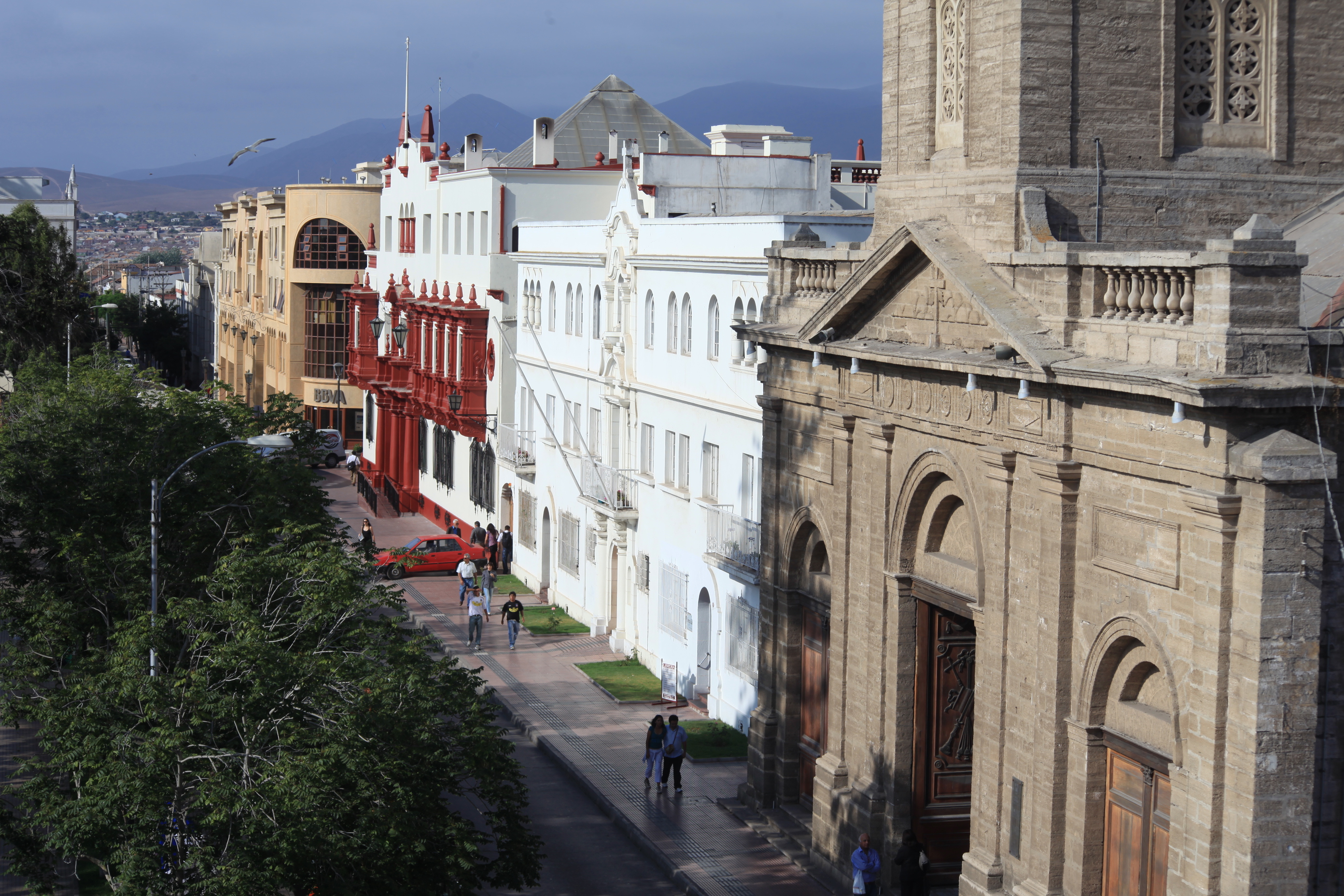
Avenida del Mar
If you're visiting La Serena and Coquimbo, you won't want to miss the beautiful coastal strip known as Avenida del Mar. It is famous for its extensive beaches and attractive promenades, which are bustling with intense activity in summer. You can start your beach adventure from El Faro, an old lighthouse, and enjoy 6 kilometers of safe and spacious beaches with trained lifeguards and paramedics on duty. There are also plenty of hotels and restaurants to choose from, with delicious seafood dishes and regional specialities. If you love biking and rollerblading, there is a dedicated bicycle path that connects El Faro-Playa La Barca and Los Corsarios-Coquimbo.
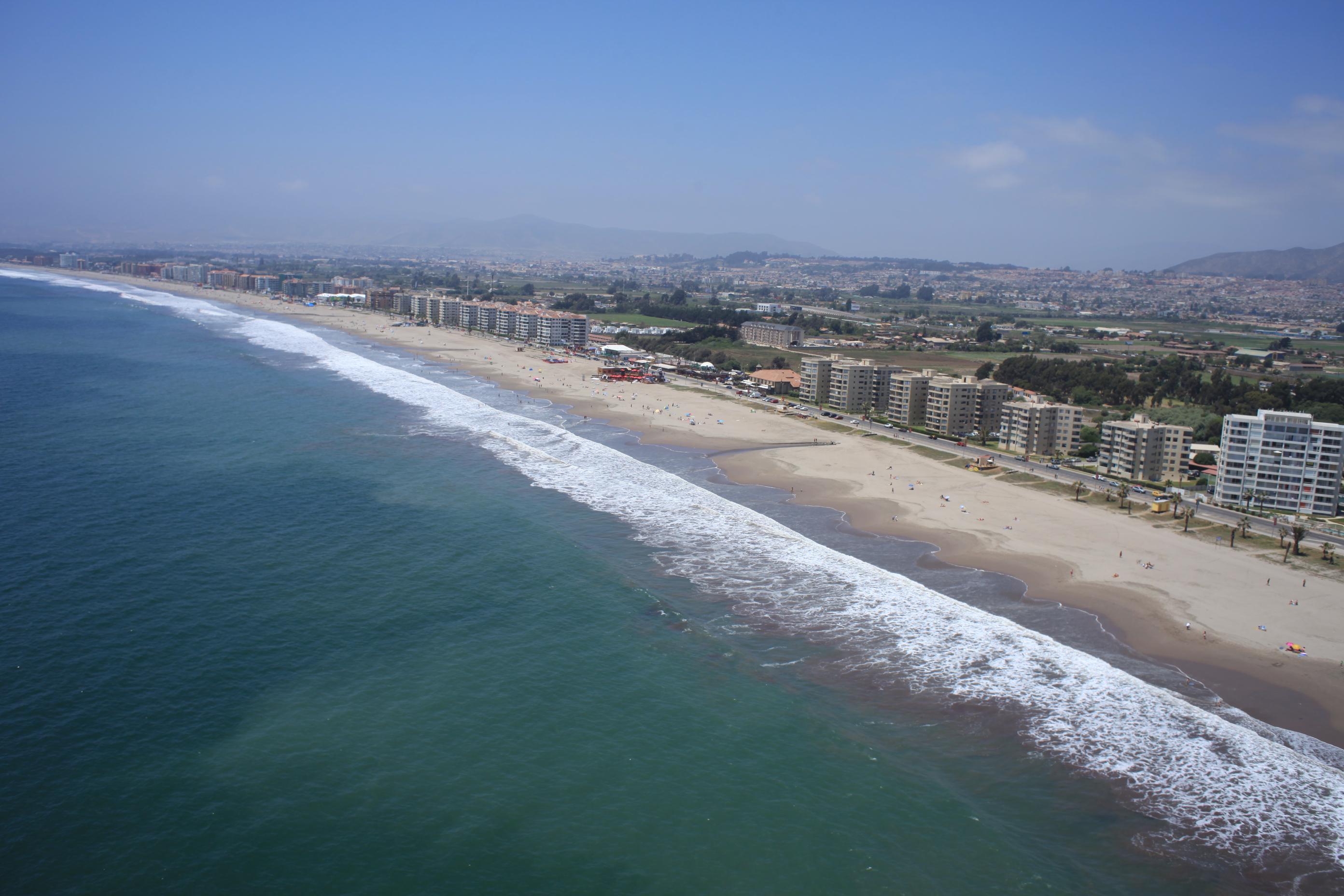
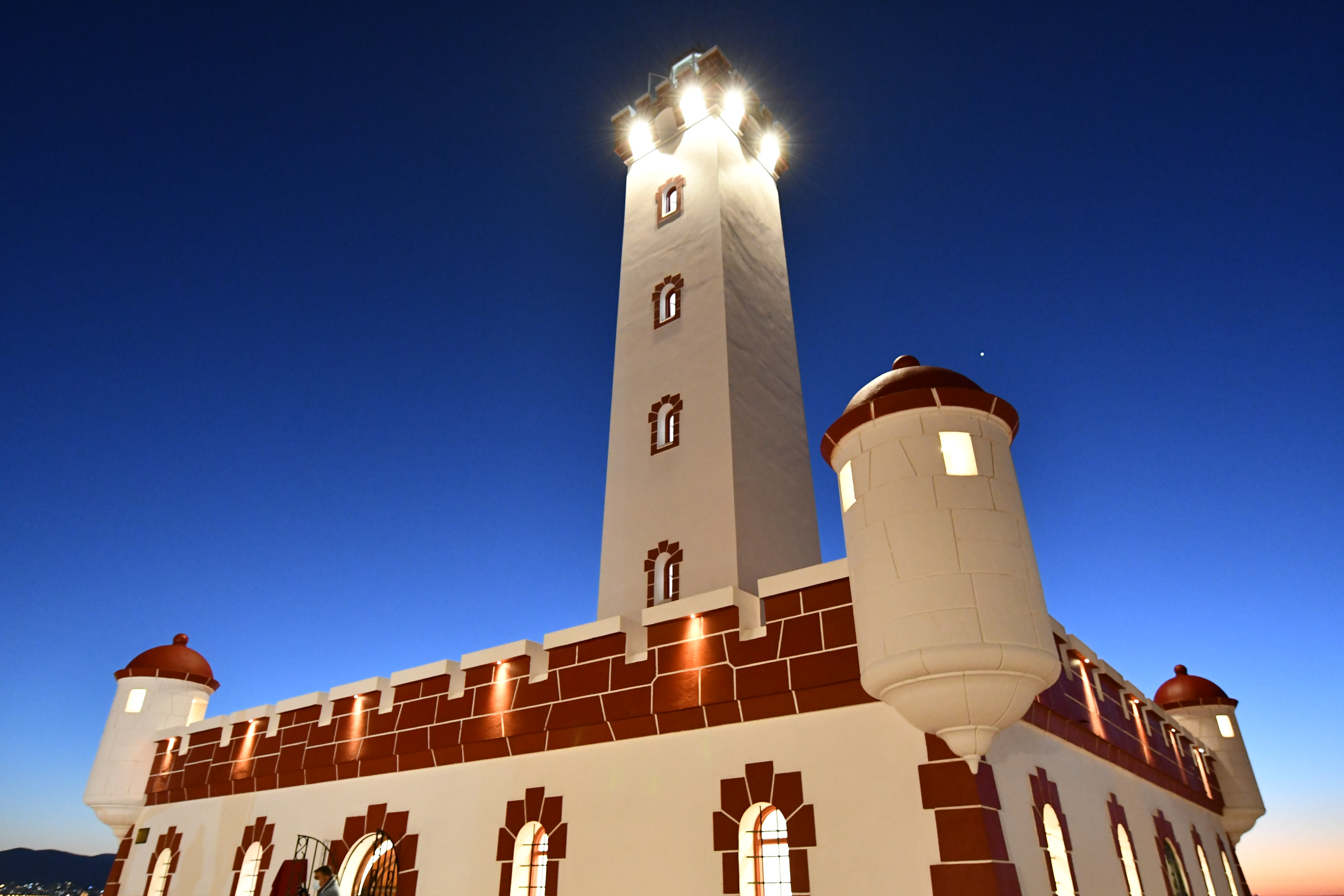
Astronomy and Astro-tourism in the Estrella region
After a day of visiting beautiful nature in the valleys or lying on the beach, you may want to change the rhythm. Due to the extraordinary quality of its transparent, stable skies with little cloud cover, Chile has become a natural laboratory for astronomy. With over a dozen astronomical facilities, including optical and radio observatories, Chile now accounts for 40% of the world's astronomical observation.

Chile is the world's window to the universe, gathering 77% of all existing astronomical science, with the Coquimbo Region deepening its importance in the study and knowledge of the universe since there are various scientific observatories in the area. In the next few years, the planned Large Synoptic Survey Telescope (LSST) will be launched. The telescope of 8.4 meters in diameter and located on Cerro Pachón, in the commune of Vicuña, at 2,700 meters above sea level, will have the largest camera in the world, dedicated entirely to taking complete images of the sky, providing information never before known about distant galaxies, nearby asteroids and even about the mysterious dark energy that is expanding the universe. In addition, the Giant Magellan Telescope of Magallanes (GMTO) has been operating in Las Campanas since 2021.
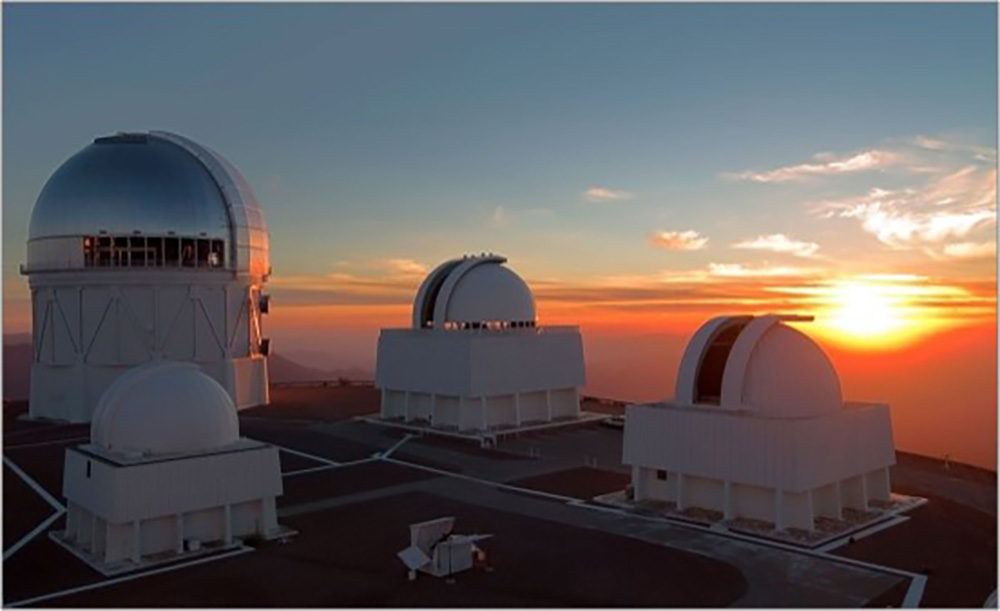
For more than twenty years, the Coquimbo Region has been leading the way in astro-tourism development. Today, it offers over 60 different services to the leisure industry, accounting for more than half of the country's astro-tourism offerings. You can explore the world's largest astro-tourism circuit by taking a night tour of the thirteen tourist observatories. Alternatively, you can choose to visit scientific observatories during the daytime, go on a trekking excursion, or indulge in other Astro-tourism activities such as stargazing on horseback, themed lodging, dinners, and astrophotography services.
Other milestones in the Coquimbo Region linked to the quality of its sky and astronomical observation, and which further support its potential for the development of Astro-tourism, are the declaration of the Fray Jorge National Park as a Starlight Reserve (Starlight Foundation), the first in South America and fourth in the world; and the declaration in the Elqui Valley of the first International Dark Sky Sanctuary (International Astronomical Union and the International Dark Sky Association), the 'Gabriela Mistral'.
Source: Sernatur & La Serena, Departamento de Turismo
ESP LAC 2023
 Registration website for ESP LAC 2023
Registration website for ESP LAC 2023ESP LAC 2023conference@espconference.org
ESP LAC 2023conference@espconference.orghttps://www.espconference.org/latinamerica2023
2023-11-06
2023-11-10
OfflineEventAttendanceMode
EventScheduled
ESP LAC 2023ESP LAC 20230.00EUROnlineOnly2019-01-01T00:00:00Z
To be announcedTo be announced
